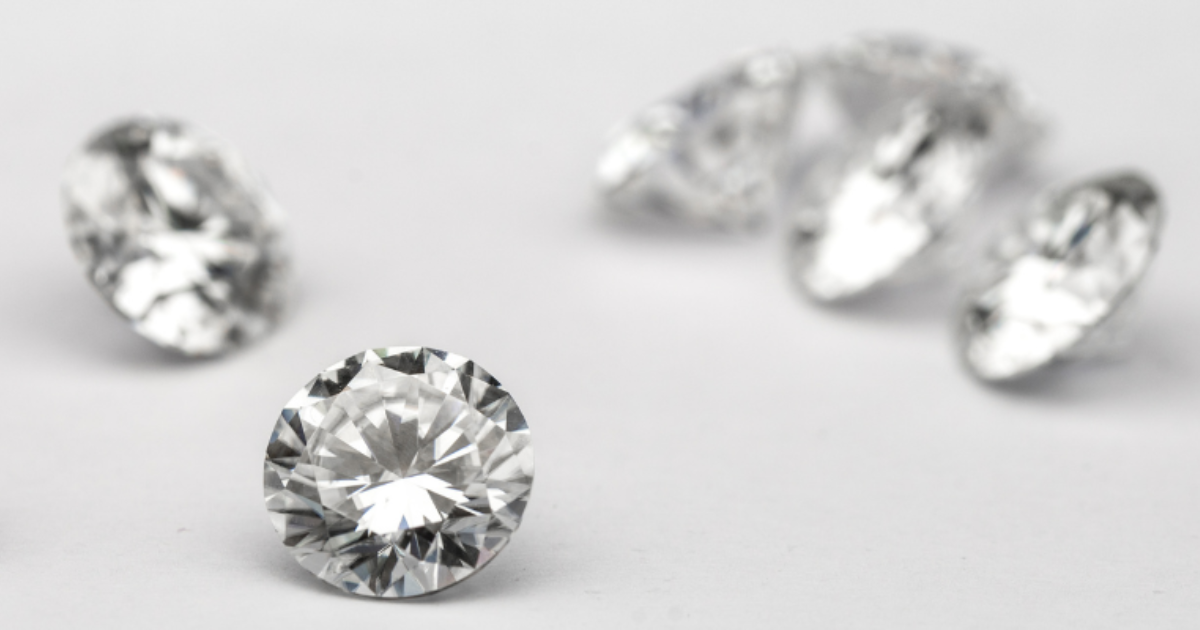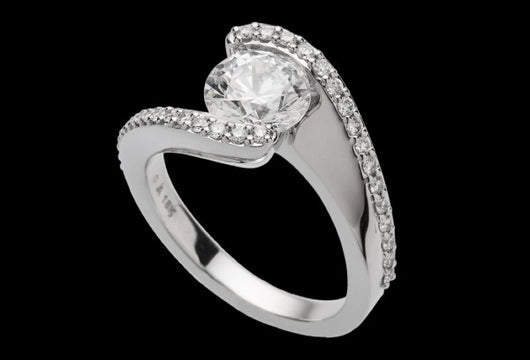Decoding Elegance: Platinum vs. Gold Lab Diamond Rings A Comprehensive Comparison
Introduction
Lab-grown diamond rings offer a sustainable and high-quality alternative to traditionally mined diamonds. The choice of metal setting, whether platinum or gold, significantly impacts the ring’s durability, appearance, and overall appeal. Let’s explore the key differences between platinum and gold lab diamond rings to assist you in making the best decision for your special occasion.
Properties of Platinum Rings
Platinum is renowned for its exceptional durability and strength, making it a popular choice for engagement and wedding rings. It is naturally white, dense, and heavier than gold, giving it a luxurious feel platinum vs gold lab diamond rings. Due to its hypoallergenic properties, platinum rings are ideal for those with sensitive skin, ensuring comfort even with prolonged wear.
Properties of Gold Rings
Gold offers versatility with its various hues like yellow, white, and rose. It is prized for its malleability and ability to be crafted into intricate designs. However, pure gold (24 karats) is too soft for everyday wear, so it’s often alloyed with other metals for increased durability. Individuals with nickel allergies should opt for white gold or platinum due to potential sensitivities.
Comparison of Durability
In terms of durability, platinum is more resistant to scratches and maintains its shape over time better than gold. Gold, especially in higher karats (14k and above), is durable but may require more frequent polishing to retain its shine. Consider your lifestyle and daily activities when choosing between these metals.
Comparison of Appearance
Platinum’s natural white color enhances the brilliance of diamonds, offering a timeless and elegant appearance. It develops a unique patina over time, which some individuals find appealing. Gold, on the other hand, provides warmth and can complement various skin tones depending on the alloy used. It requires periodic maintenance to preserve its luster but offers a rich, traditional look.
Cost Considerations
The cost of a platinum or gold lab diamond ring varies based on factors like metal purity, craftsmanship, and market trends. Platinum is generally more expensive due to its rarity and density. However, gold rings can also be pricey, especially in higher karats. Consider long-term maintenance costs when making your purchase decision.
Environmental Impact
Opting for lab-grown diamonds and recycled metals like platinum or gold reduces the environmental footprint compared to mining. Both platinum and gold can be responsibly sourced, offering eco-conscious consumers sustainable options without compromising quality or beauty.
Design Flexibility
Both platinum and gold offer excellent design versatility for lab diamond rings. Platinum’s strength allows for intricate settings that secure diamonds firmly. Gold’s malleability makes it easier to craft detailed designs and unique settings that reflect personal style preferences.
Maintenance Requirements
Regular maintenance ensures your lab diamond ring retains its beauty and durability. Platinum requires minimal upkeep due to its hardness and resistance to tarnishing. Gold rings may need more frequent cleaning and polishing to remove scratches and maintain their shine, depending on the karat and alloy.
Personal Preferences and Lifestyle
Consider your lifestyle and personal preferences when choosing between platinum and gold lab diamond rings. Platinum suits active lifestyles and individuals seeking a low-maintenance yet luxurious option. Gold offers flexibility in design and a range of colors to match individual tastes and everyday wear.
Choosing the Right Ring
To choose the perfect lab diamond ring, weigh factors such as durability, appearance, cost, environmental impact, and design flexibility against your personal style and lifestyle. Consult with a reputable jeweler to explore options that align with your values and preferences, ensuring your ring symbolizes your commitment beautifully.
Conclusion
Choosing between platinum and gold lab diamond rings involves understanding their unique properties, durability, appearance, and personal preferences. Whether you prioritize durability and hypoallergenic properties with platinum or prefer the versatility and warmth of gold, both metals offer stunning settings for lab-grown diamonds. Select a ring that not only enhances the brilliance of your diamonds but also resonates with your lifestyle and values, ensuring your symbol of love and commitment shines brightly for years to come.









